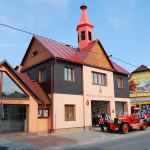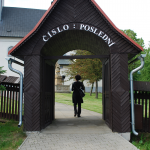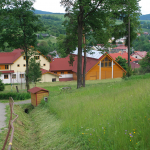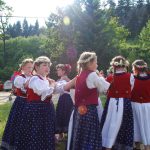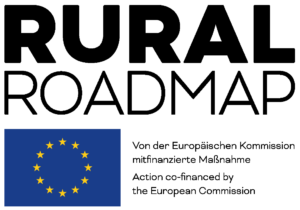
Lidečko, Zlín, Czech Republic
The Wallachian municipality Lidečko has 1,850 inhabitants and is located at the border to the Slovakian Republic. The communal territory comprises some 1,700 ha and is characterized by woods and greenlands. The municipality offers 170 workplaces, mostly in the areas trade, commerce and agriculture. The majority of the labour force commutes into the nearby cities of neighbouring districts. The unemployment rate of 16.5% is markedly over the average percentage in the Czech country (9%), women make up 62% of the workforce.
In a nine-step catalogue, Lidečko has formulated three main objectives for its village renewal program to improve quality of life in the municipality: Strengthening and improving the cultural and social village life, optimizing and renewing of infrastructure and renewing and maintaining the ecological and economical balanced relationship between natural space and the integrated agriculture and settlement. Important actors are the numerous societies and the catholic Church, which offer large parts of the population room for leisure and volunteers activities across generations and genders. Children and young people are in the focus of such efforts. In the so-called society club, a platform for information, discussions, coordination and exchange, all local groups are represented with a contact person.
In view of the improvement of the infrastructure, communal and private commitment complement each other perfectly, whereby the municipality has a pioneer function in regard to construction projects. From 2006 to 2010, a new pre-school with sport and multi-functional gym was built, as was a culture house with room for events. The school has been refurbished and brought up to date in terms of energy standards, furthermore a daycare facility has been added. The extension of bicycle and hiking trails and the creation of connecting parks are meant to make road nets and public space in general more attractive and communicative. New construction projects have been created, based on a quality profile, envisioning low-energy standards for residential homes. The settlement area of the municipality is limited through steep slopes on to both sides of the valley; it is therefore recommended to rethink the dimensions of the currently indicated construction area.
The safeguarding of the village against potential earth slides and the construction of a powerful water supply and waste network is in the centre of ecological planing. In 2006, a water plant was constructed, and all households have been connected since then. A corporation located in the neighbouring village is engaged in agriculture, it resulted from a former jointly organised, state-owned cooperation. Divided over three municipalities, but mainly in Lidečko, more than 850 ha are being farmed according to ecological principles. 110 dairy cows supply 2,000 l of organic milk daily, which is then processed to organic yoghurt, organic cheese or other products in the 30 km nearby dairy farm. The products are then marketed all over the region.
Lidečko stands out due to special achievements in a number of areas of village renewal for the successful promotion of cultural and social life of the community, for the sustainable and identity-giving links between nature, landscape, settlement and agriculture, for the improvement of the constructional and social infrastructure and for the commitment of the community in regard to construction projects in order to strengthen the heart of the locality as a place of encounter, communication and identification.
Evaluated: 2010
